Metal walls are a common sight in many industrial, commercial, and residential settings. They are used for a variety of purposes, from providing structural support to adding an aesthetic touch to a building. While metal walls are known for their durability and strength, they are not immune to rust. Rust is a common problem that can cause damage to metal walls and undermine their functionality and appearance. In this blog post, we will take a closer look at metal wall rust and its causes, consequences, and ways to prevent it.
Rust is a chemical reaction that occurs when metal reacts with water and oxygen. It can cause significant damage to metal walls, making them weaker and unsightly. In addition to affecting the appearance of the wall, rust can also reduce the life span of the wall, leading to costly repairs and replacements. Furthermore, rust can be a safety hazard, as it can cause metal walls to become unstable and collapse. In this post, we will explore the reasons why metal walls rust and the steps that can be taken to prevent rust from forming and spreading. Whether you are a building owner, property manager, or just someone who wants to protect your metal walls, this post will provide valuable information and tips to help you keep your metal walls rust-free and in good condition.
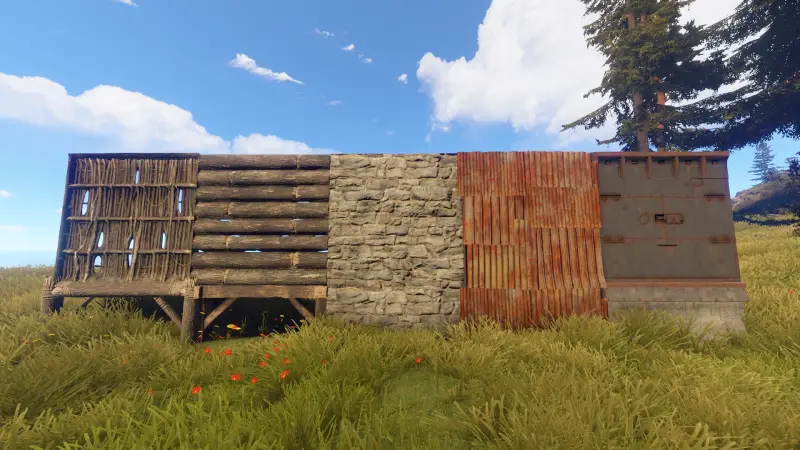
Metal Wall Rust Overview
Another option to consider is using rust-resistant materials for your metal walls. There are certain types of metal that are more resistant to rust, such as stainless steel or galvanized steel. These materials can provide excellent protection against rust, and they’re a great option for those who are looking for a more permanent solution. The only downside is that they can be more expensive than traditional metal wall materials, but in the long run, they may save you money by reducing the need for frequent repairs or replacements.
Overall, I’m very excited about the options available for preventing metal wall rust. Whether you’re a homeowner looking to protect your metal walls, or a contractor in charge of building or maintaining a large structure, there are solutions available that can help you keep your metal walls rust-free and looking great for years to come!
Metal Wall Rust – Methods in Comparison
Method 1: Rust Inhibitor Sprays
Rust inhibitor sprays are a quick and easy solution for metal wall rust. These sprays are applied directly to the surface of the metal, creating a barrier against rust-causing elements. Some rust inhibitor sprays are specially formulated for specific types of metal, and they can provide excellent protection against rust. Pros of this method include ease of application, low cost, and quick results. Cons include the need for regular reapplication and the potential for overspray, which can be difficult to clean up.
Method 2: Sandblasting
Sandblasting is a more aggressive method for solving metal wall rust. In this process, sand or other abrasive materials are blasted at high velocity against the metal surface, removing rust and other contaminants. Sandblasting is often used in industrial settings, where large metal structures are being cleaned and prepared for painting or coating. Pros of sandblasting include its effectiveness in removing rust, its ability to clean and prepare the metal surface for painting or coating, and its relatively low cost. Cons of sandblasting include the potential for damage to the metal surface if the operator is not careful, the need for specialized equipment, and the potential for exposure to dust and other harmful substances.
Method 3: Painting or Coating
Painting or coating metal walls is another effective method for solving metal wall rust. In this process, a layer of paint or coating is applied to the surface of the metal, creating a barrier against rust-causing elements. There are many different types of paint and coatings available for metal walls, and some are specially formulated for specific types of metal. Pros of this method include its effectiveness in preventing rust, its durability, and its ability to improve the appearance of the metal wall. Cons of this method include the need for proper surface preparation, the need for specialized equipment and skills, and the potential for damage to the paint or coating over time.
| Method | Pros | Cons |
|---|---|---|
| Rust Inhibitor Sprays | Easy to apply, low cost, quick results | Need for regular reapplication, potential for overspray |
| Sandblasting | Effective in removing rust, prepares metal surface for painting or coating, low cost | Potential for damage to metal surface, need for specialized equipment, potential exposure to dust and other harmful substances |
| Painting or Coating | Effective in preventing rust, durable, improves appearance of metal wall | Need for proper surface preparation, need for specialized equipment and skills, potential for damage to paint or coating over time |
In conclusion, the method you choose for solving metal wall rust will depend on your specific needs and preferences. Each method has its own pros and cons, and the best approach will vary depending on the size and type of metal wall, the severity of the rust, and your budget. Whether you choose rust inhibitor sprays, sandblasting, or painting or coating, the important thing is to take action to prevent rust from damaging your metal walls. With proper care and maintenance, your metal walls can remain rust-free and looking great for years to come!
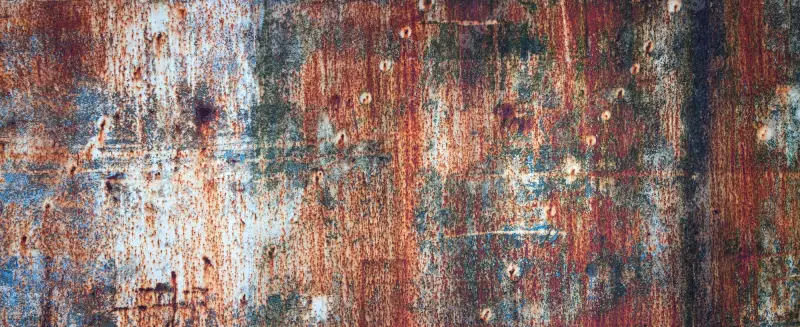
Equipment To Work With Metal Wall Rust
| Equipment | Description |
|---|---|
| Sandblaster | A machine that uses compressed air to propel abrasive materials, such as sand, at high velocity against a metal surface, removing rust and other contaminants |
| Paint Sprayer | A device that uses compressed air to atomize and spray paint or coating onto a metal surface, providing a barrier against rust-causing elements |
| Protective Gear | Safety equipment, such as goggles, masks, and gloves, to protect against harmful substances and debris during sandblasting or painting |
| Wire Brush | A hand-held tool with bristles or wire that can be used to manually remove rust from small areas of a metal surface |
| Chemical Rust Remover | A chemical solution that can be applied to metal surfaces to remove rust, such as phosphoric acid or citric acid |
| Sandpaper | Abrasive paper that can be used to manually remove rust from small areas of a metal surface |
| Metal Primer | A special type of paint that is designed to provide a surface for paint to adhere to, helping to prevent rust from returning |
When working with metal wall rust, it is important to have the right equipment and protective gear to ensure a safe and effective result. The type of equipment you need will depend on the severity of the rust and the method you choose to remove it. Whether you opt for sandblasting, painting, or manual removal, make sure to follow all safety guidelines and use appropriate protective gear to avoid injury.
Step-by-Step Instruction On Metal Wall Rust
- Safety First: Make sure to wear protective gear, such as goggles, masks, and gloves, to protect against harmful substances and debris during the rust removal process.
- Preparation: Clean the metal wall surface thoroughly, removing any dirt, dust, or debris that may interfere with the rust removal process.
- Assess the Severity of Rust: Evaluate the severity of the rust on the metal wall and decide which method is best suited for removing it. If the rust is minimal, manual removal using a wire brush or sandpaper may be sufficient. If the rust is more severe, sandblasting or using a chemical rust remover may be necessary.
- Manual Removal: If manual removal is necessary, use a wire brush or sandpaper to remove the rust. Work in small sections, applying gentle pressure and brushing in the direction of the metal grain. Repeat the process until the rust is removed.
- Sandblasting: If sandblasting is necessary, set up the sandblaster according to the manufacturer’s instructions and adjust the air pressure and abrasive material to the appropriate setting for your metal wall. Hold the sandblaster a safe distance from the wall and begin sandblasting, working in small sections and moving the sandblaster in a back-and-forth motion. Repeat the process until the rust is removed.
- Chemical Rust Remover: If using a chemical rust remover, carefully follow the manufacturer’s instructions for application. Apply the solution to the metal wall and allow it to sit for the recommended time. Rinse the metal wall thoroughly with water and dry completely.
- Priming and Painting: After the rust has been removed, it is important to prime the metal wall with a metal primer to help prevent rust from returning. Allow the primer to dry completely before applying a coat of paint. Repeat the painting process as necessary to achieve the desired finish.
By following these steps, you can effectively remove metal wall rust and help prevent it from returning. Always make sure to follow all safety guidelines and use the appropriate protective gear when working with metal wall rust. Good luck!
F.A.Q.
What causes metal wall rust?
Metal wall rust is caused by the oxidation of metal when it is exposed to moisture and oxygen over time. This process causes the metal to corrode and form a rust-like substance on its surface.
Can rust be removed from metal walls?
Yes, rust can be removed from metal walls using a variety of methods, including manual removal using a wire brush or sandpaper, sandblasting, using a chemical rust remover, or a combination of these methods.
Is sandblasting safe for metal walls?
Sandblasting can be safe for metal walls if done correctly and with the appropriate safety equipment, such as goggles, masks, and gloves. It is important to follow all manufacturer’s instructions and safety guidelines when using a sandblaster.
Is it necessary to prime and paint metal walls after removing rust?
Yes, it is recommended to prime and paint metal walls after removing rust to help prevent it from returning. A metal primer provides a surface for paint to adhere to, creating a barrier against rust-causing elements.
Can rust return on metal walls after removing it?
Rust can return on metal walls if steps are not taken to prevent it from happening. This may include priming and painting the metal wall with a metal primer and paint, and taking steps to protect the metal wall from exposure to moisture and other rust-causing elements.
What is the best method for removing metal wall rust?
The best method for removing metal wall rust will depend on the severity of the rust and the type of metal wall. For minimal rust, manual removal using a wire brush or sandpaper may be sufficient. For more severe rust, sandblasting or using a chemical rust remover may be necessary.
How long does it take to remove rust from a metal wall?
The amount of time it takes to remove rust from a metal wall will depend on the severity of the rust and the method used. For manual removal, the process may take several hours or more, while sandblasting may take less time. Using a chemical rust remover may also speed up the process, but it is important to follow the manufacturer’s instructions and allow the solution to sit for the recommended time.
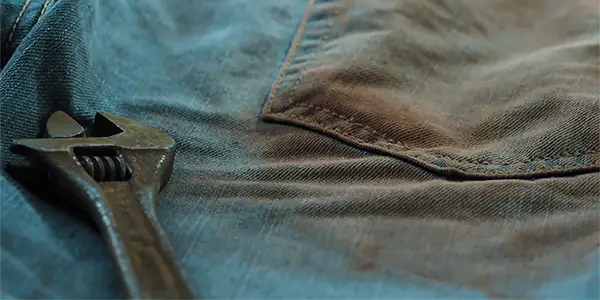
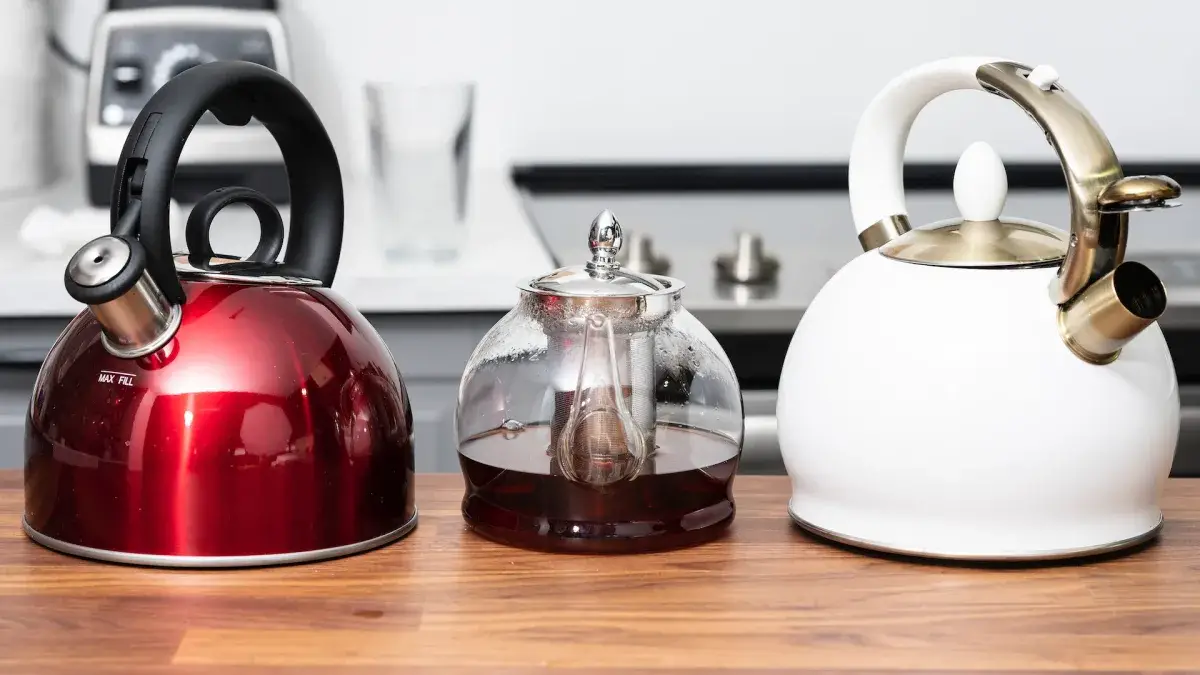
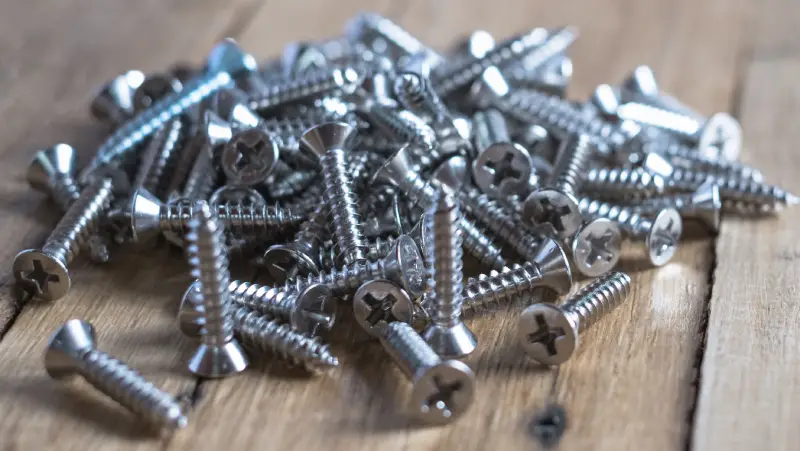
Leave a Reply